Some destinations don't just catch our attention — they hold us, tugging at something quieter, more profound, almost ancestral. They are not merely places we visit; they are places that summon us. When people ask about my favorite destination, they expect me to name a buzzing city. Yet, while I love the seduction of urban energy, my mind runs to landscapes of forests, fjords and faraway seas.
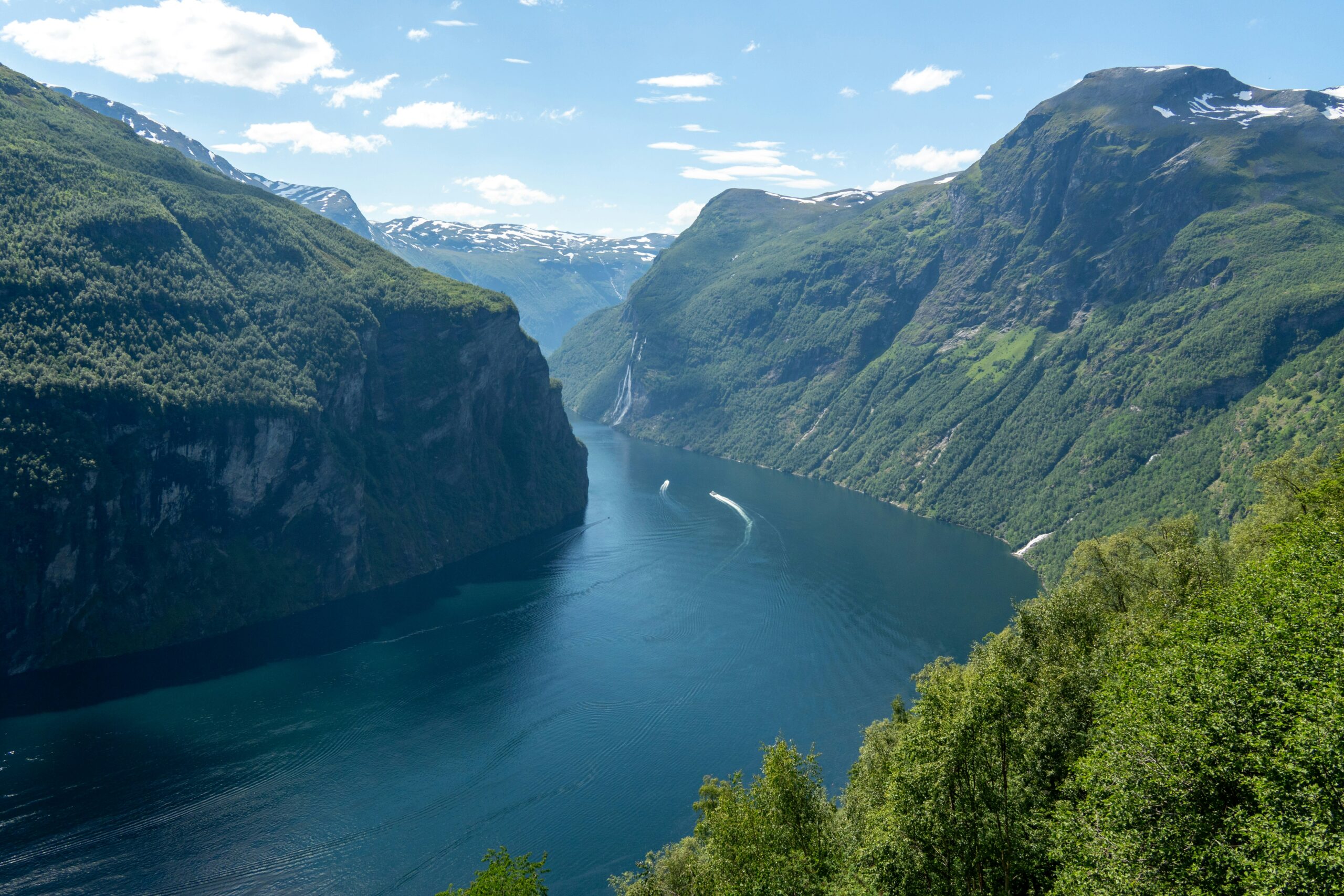
A Sense of Edge and Escape
There is something powerful about remoteness and stillness, about vast and untamed landscapes. Standing at a Norwegian fjord, or on Tasmania's rugged coast, or along Vancouver Island's windswept shoreline, one encounters a rare blend of majesty and intimacy. These places exist at thresholds — Norway brushing the Arctic, Vancouver Island facing the Pacific expanse, Tasmania perched at the end of the world, lashed by the Roaring Forties. Each whispers the same truth: life is richest when lived in conversation with the natural world, carrying a quiet intensity — a reminder of both vulnerability and resilience.

For travelers, the edges offer perspective and romance. The fjords of Norway, especially Geirangerfjord and Nærøyfjord, combine glacial cliffs with still, sapphire waters, best experienced by boat or even from the famous Flåm Railway. On Vancouver Island, storm-watching in Tofino or wandering Cathedral Grove among 800-year-old Douglas firs is to feel nature in its raw grandeur. Tasmania offers otherworldly landscapes: the dolerite columns of the Tasman Peninsula, the pristine wilderness of Cradle Mountain–Lake St Clair, and the untouched beaches of Freycinet, where pink granite meets turquoise sea.
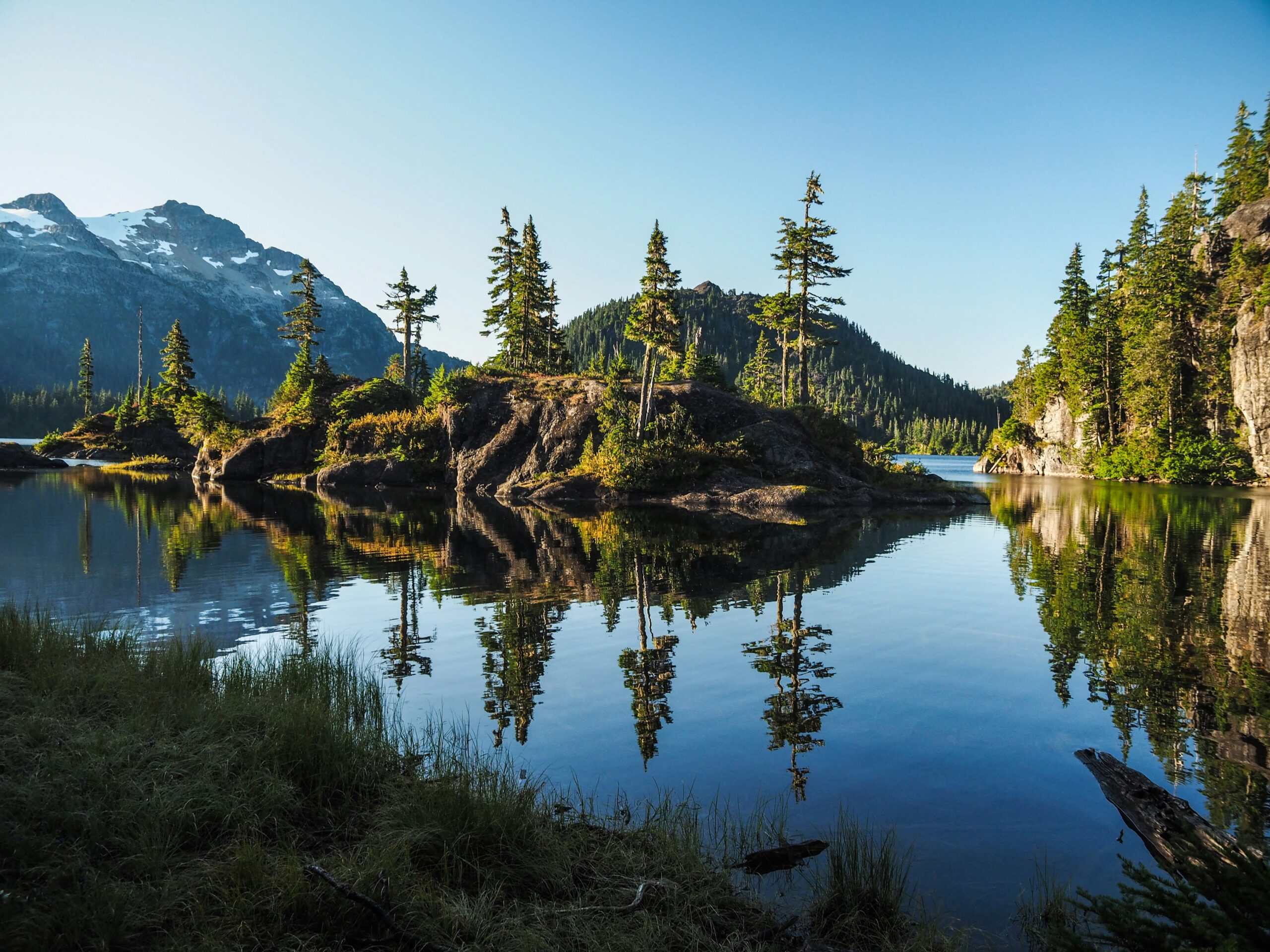
When Climate Reflects Emotion
Sunny places may dazzle, but moody ones resonate. Mist rolling over pines, shifting skies, cold seas glowing silver at dusk — these landscapes nourish those who are emotionally attuned or creatively inclined. The drama of the weather becomes a companion, mirroring states of melancholy, wonder, and awe.
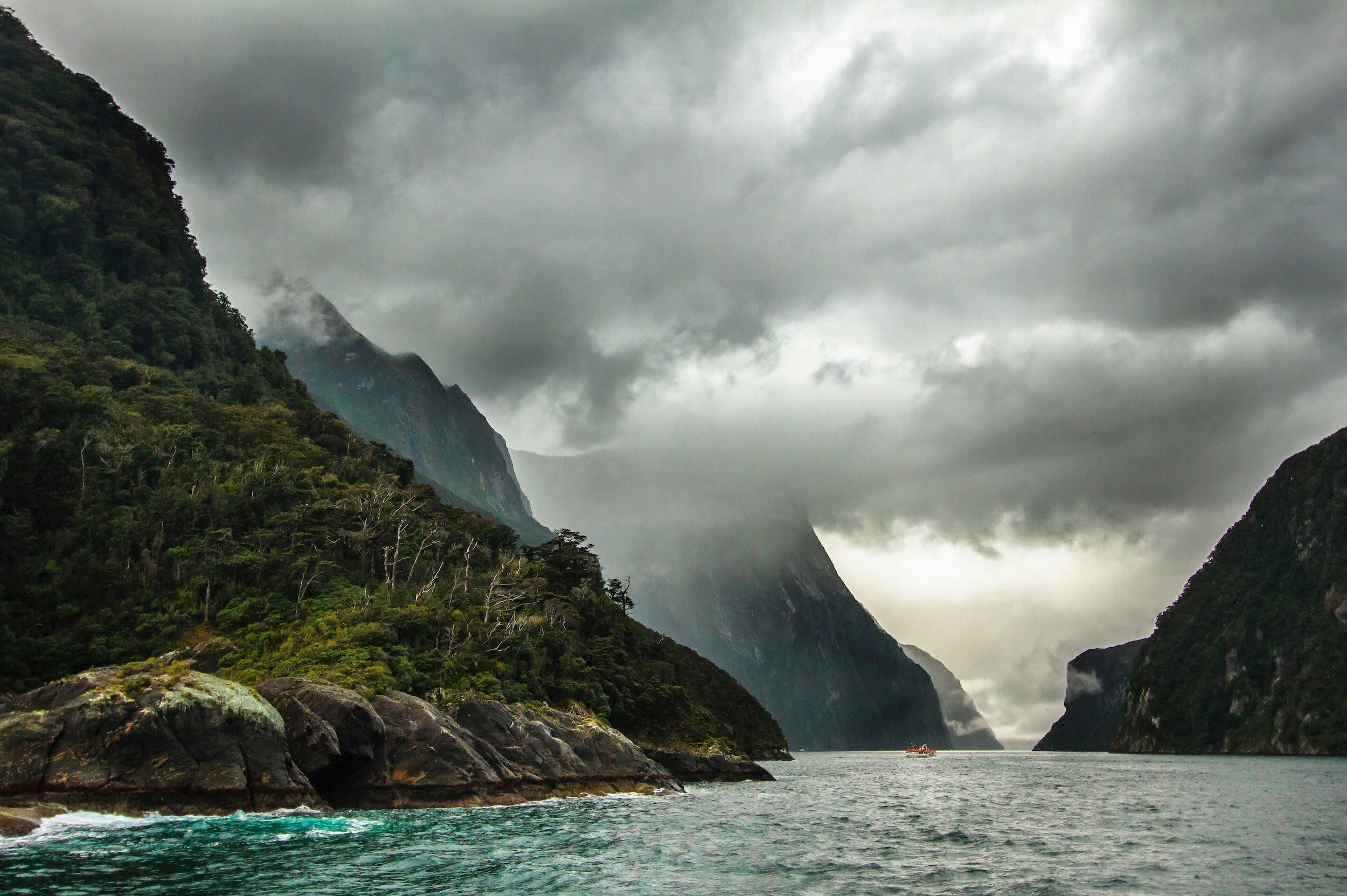
Norway has a tradition of friluftsliv — “open-air life” — a philosophy of harmony with the outdoors that infuses daily living. Vancouver Island is shaped by Indigenous heritage and communities deeply tied to the land and sea. Tasmania balances its convict history with wild, untouched beauty that feels almost mythic. These are not just destinations, but moods: the color of mist, the silence of fjords, the call of eagles, the hush of snow or surf.
Spotlight: Norway's Fjords
- Geirangerfjord & Nærøyfjord: UNESCO-listed fjords where cliffs plunge into sapphire waters — best seen on boat cruises or the Flåm Railway.
- Lofoten Islands: Dramatic peaks, fishing villages, and northern lights in winter.
- Bergen: A gateway city where colorful wharf houses meet the sea.
Best Time to Visit:
Summer (June–August): Long days, mild temperatures, waterfalls at full strength. Winter (December–March): A chance for northern lights, skiing, and hushed snowbound landscapes.
Spotlight: Vancouver Island, Canada
- Tofino: Known for storm-watching, surfing, and wild Pacific beaches.
- Cathedral Grove: Ancient Douglas firs and red cedars, some over 800 years old.
- Pacific Rim National Park: Where rainforest meets ocean, trails weave through moss-draped forests.
- Victoria: A historic harbor city, balancing English charm and coastal Canadian spirit.
Best Time to Visit:
Spring (April–June): Whale-watching season begins, and wildflowers bloom. Summer (July–September): Warm, ideal for hiking and kayaking. Winter (November–February): Tofino's famous storm-watching season, when the Pacific roars.
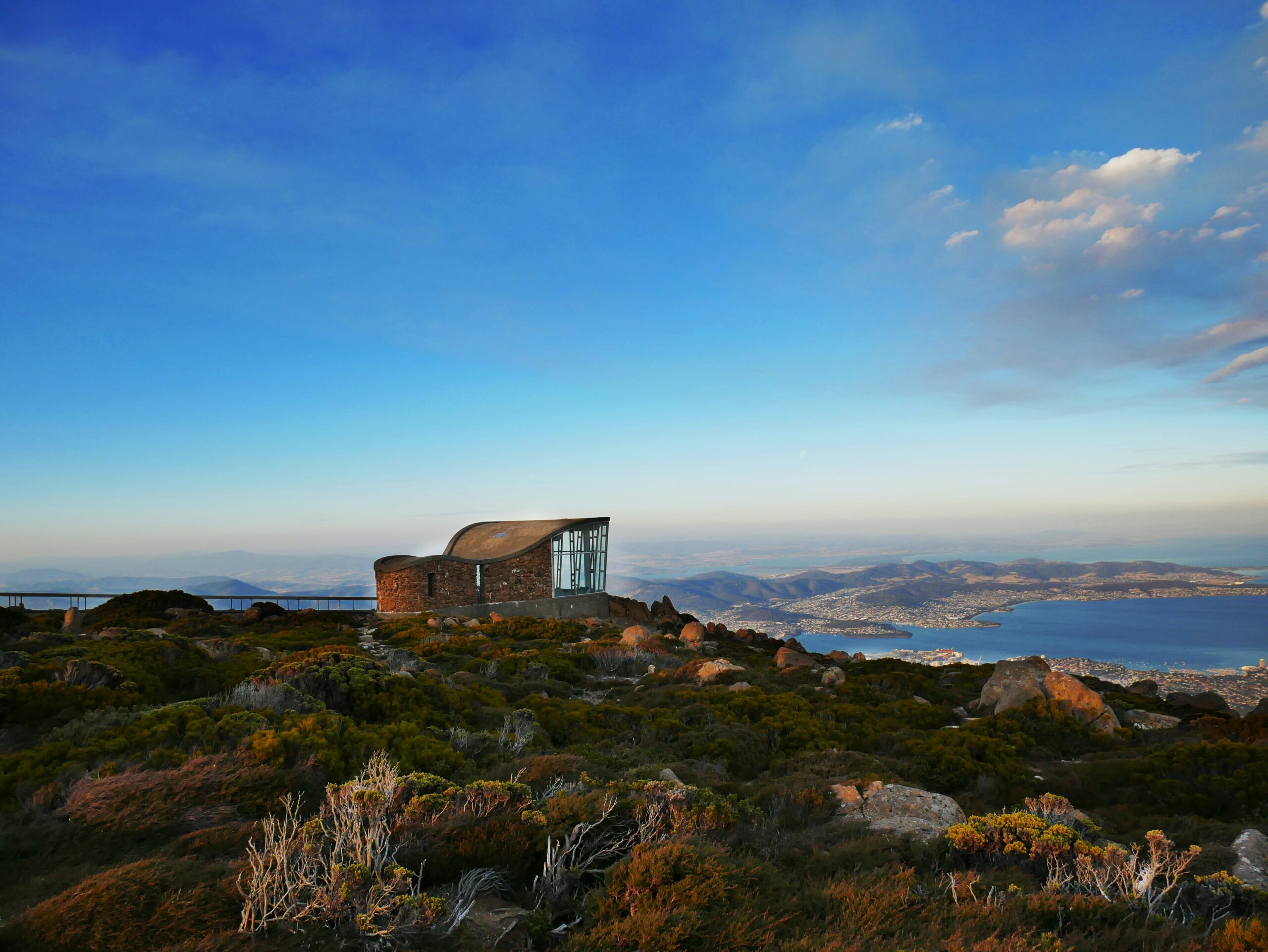
Spotlight: Tasmania, Australia
- Cradle Mountain–Lake St Clair National Park: Hiking trails through alpine wilderness, part of the famed Overland Track.
- Freycinet Peninsula: Iconic Wineglass Bay with turquoise waters and pink granite peaks.
- Port Arthur: A hauntingly beautiful site of Australia's convict history.
- Bay of Fires: Remote beaches with white sands and orange-lichen rocks.
“Tasmania is an island of hills, a fragment separated from the parent continent by a wide stretch of sea. It is different from the hot Australian mainland; it has a different weather and a different soul” – Christopher Koch, 1958
Best Time to Visit:
Summer (December–February): Warm weather for beaches and coastal hikes. Autumn (March–May): Crisp air, golden foliage in the highlands. Winter (June–August): Snow-dusted mountains, fewer crowds, cozy log-fire retreats.
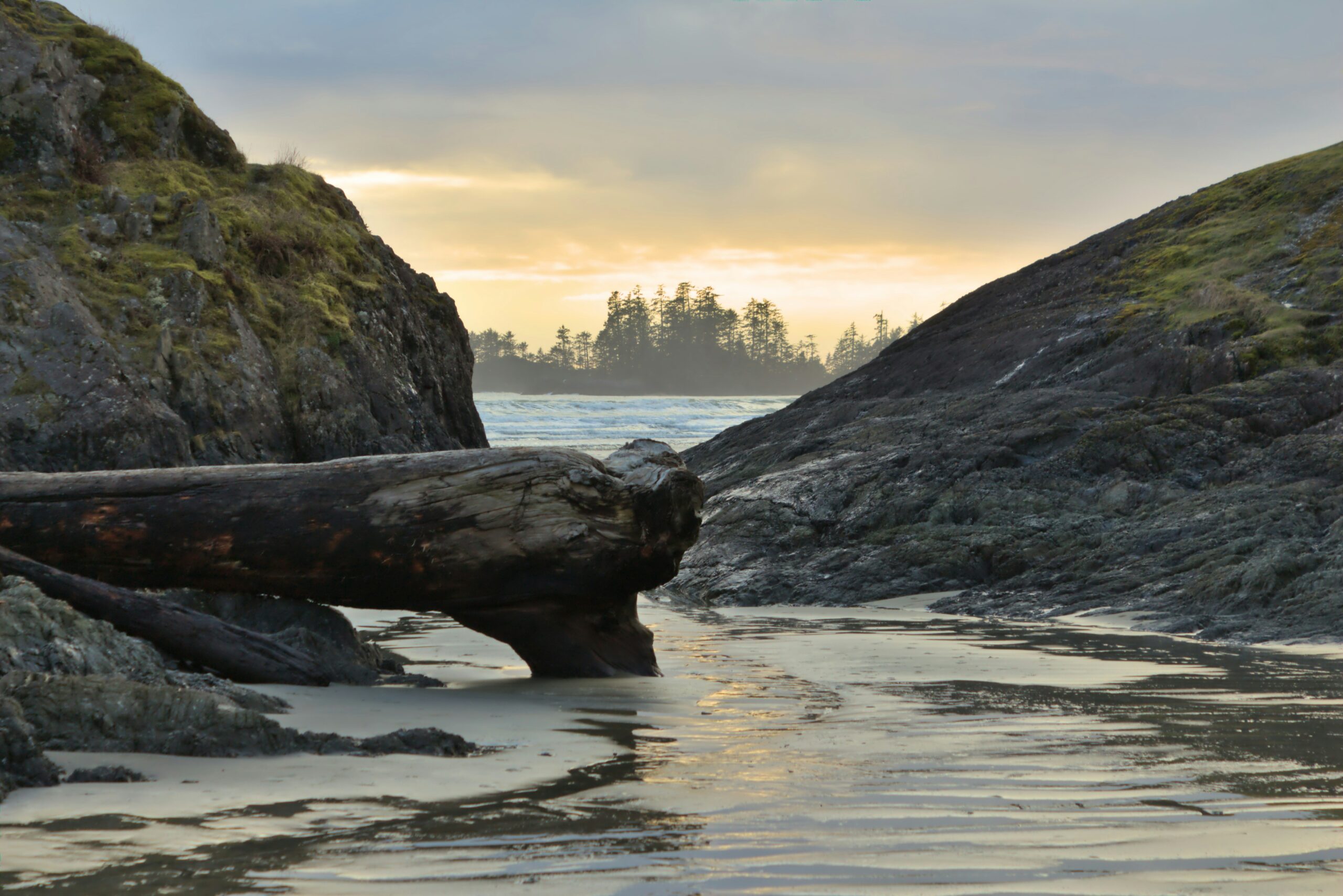
The Allure That Lingers
Ultimately, the allure of Norway, Vancouver Island, and Tasmania is not only geographical — it's emotional. These are landscapes that invite reflection and imagination, places where silence is full rather than empty, where beauty is tinged with awe. To be drawn to them is not to seek escape, but alignment — with nature, and with ourselves.
Perhaps that is why these destinations linger long after departure: they are not trips we take, but moods we carry — reminders that on the world's edge, we can find the most authentic parts of ourselves.
Some journeys begin with a map—ours begin with meaning. As a member of The Travel Club, you unlock tailored consulting, personalized recommendations, elite privileges—and access to our curated network of trusted local experts. Every itinerary is crafted with precision; every journey, a signature luxury experience. From moonlit honeymoons to far-flung retreats, your travels become stories only you could live—designed by those who truly know.
About the author

Subscribe
-
 A Seat at the Edge of Space, Inside Zephalto’s Vision of the Ultimate Journey
A Seat at the Edge of Space, Inside Zephalto’s Vision of the Ultimate Journey -
 My Dubai First Christmas
My Dubai First Christmas -
 Komodo Island, a Reminder of Nature Unchecked
Komodo Island, a Reminder of Nature Unchecked -
 Scidmore Sakura, Where Blossoms Bridge Worlds and Generations
Scidmore Sakura, Where Blossoms Bridge Worlds and Generations -
 Editor's Note, Leave It Better Than You Found It
Editor's Note, Leave It Better Than You Found It










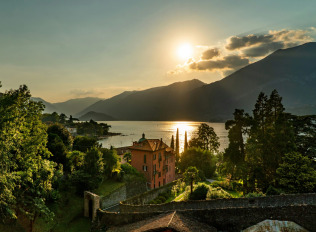
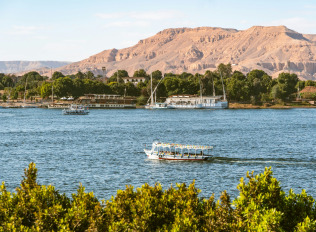

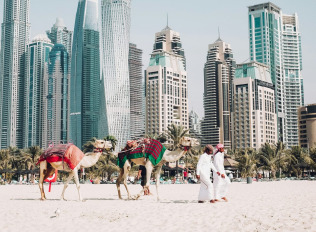
Leave a Reply